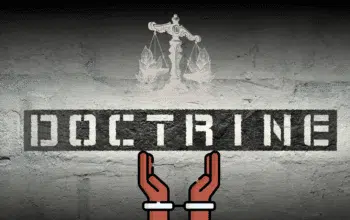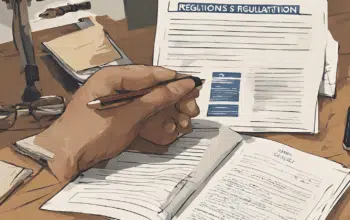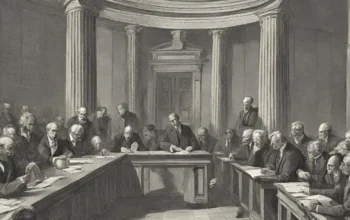Legal Literacy—This article discusses Joint Physical Custody as it relates to child custody after parental divorce. Explaining the regulations and basic principles of custody under the Marriage and Child Protection Laws provides insight into the advantages and disadvantages of joint custody. Through an approach that focuses on the child’s best interests, this discussion highlights the challenges and solutions in maintaining a balanced relationship between the child and both parents post-divorce.
Child Custody Rights
Child custody is a term used to describe the obligation of parents to provide services, protect, educate, and care for children until adulthood. The determination of child custody rights becomes important when parents divorce. In general, if the child is under 12 when the parents divorce, custody of the child tends to go to the mother. However, determining child custody also considers the child’s best interests and can be decided by the court. Both the father and mother still must be responsible for the child’s growth and development, even if they are divorced.
In principle, the right to care for children after the divorce of both parents is regulated in Article 41 of the Marriage Law, which states that the consequences of the breakdown of marriage due to divorce are:
- Either the mother or father remains obliged to maintain and educate their children, based solely on the interests of the child; when there is a gap in the control of the child, the Court gives its decision;
- The father shall be responsible for all costs of Courtintenance and education necessary for the child; if in reality, the father is unable to fulfill this obligation, the Court may determine that the mother shall share in the costs;
- The Court Courtequire the former husband to provide maintenance and detercourtan obligation for the former wife.
Child custody rights are human rights that must be guaranteed, protected, and fulfilled by parents, families, communities, governments, and the state. In the context of child custody rights, it is important to understand that human rights include personal rights, economic rights, political rights, social and cultural rights, the right to equal treatment in law and government, and the right to justice and protection.
According to Law No. 23 of 2002 on Child Protection, a child is someone who is not yet 18 years old, including children who are still in the womb. Child protection includes all activities to ensure and protect children and their rights so that they can live, grow, develop, and participate optimally by human dignity and receive protection from violence and discrimination.
Joint Physical Custody Concept
Joint Physical Custody is a form of joint custody in which both parents have equal time to physically care for their child. In this concept, the child lives alternately with both parents so that they have equal time for it. This concept ensures that the child retains a close relationship with both parents after divorce or separation. Thus, the child can feel the presence and attention of both parents equally.
Pros and Cons of the Joint Physical Custody Concept
Here are some of the advantages of the Joint Physical Custody concept, among others:
- The creation of both parents is directly involved in the physical care of the child, so that the child can feel the presence and attention of both equally;
- The role of parents in providing attention and affection to children becomes more balanced between father and mother;
- Establishment of both parents’ participation in decision-making related to the education, health, and physical needs of the child together.
- Provides an opportunity for both parents to be actively involved in the physical care of the child, creates a balance of parental roles, and has a positive impact on child development.
Here are some of the disadvantages of the Joint Physical Custody concept, among others:
- It requires good coordination between both parents. Poor communication can lead to difficulties in scheduling and implementing childcare schedules.
- May cause stress and emotional instability. Children may need to adapt to different environments and have different routines in each home.
- It can make it difficult for children to establish a consistent routine. Each home’s different rules and customs can cause confusion and limitations for children.
Reference
- Daman, Hak Asuh Bersama di Indonesia.
- Law No. 1 of 1974 on Marriage
- Law. No. 23 of 2002 on Child Protection







